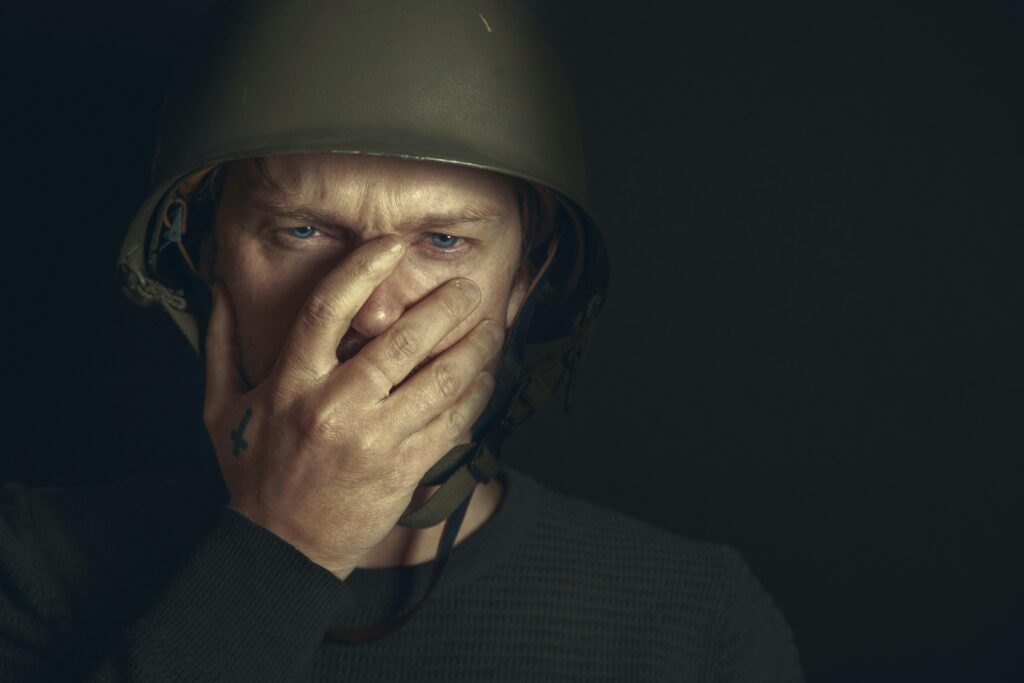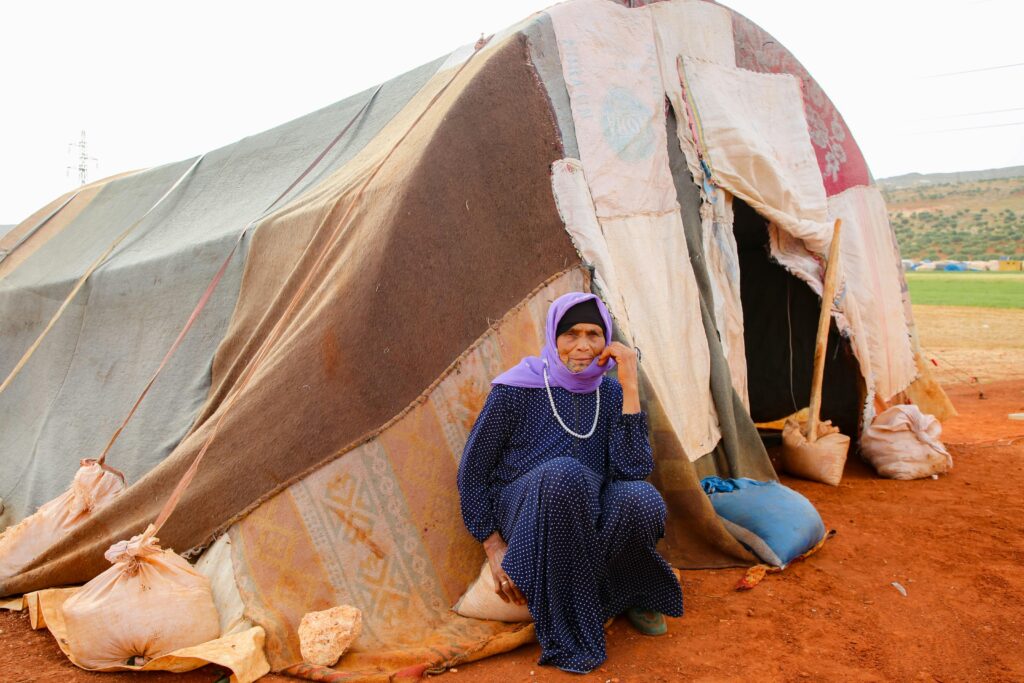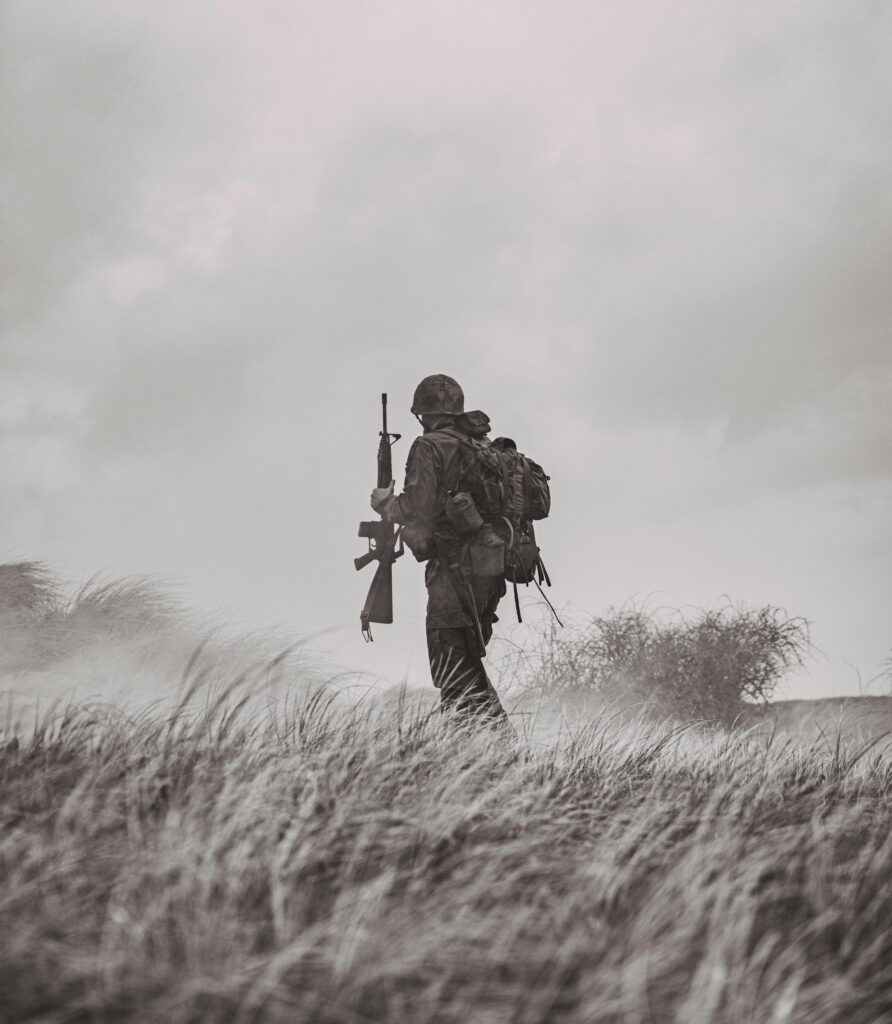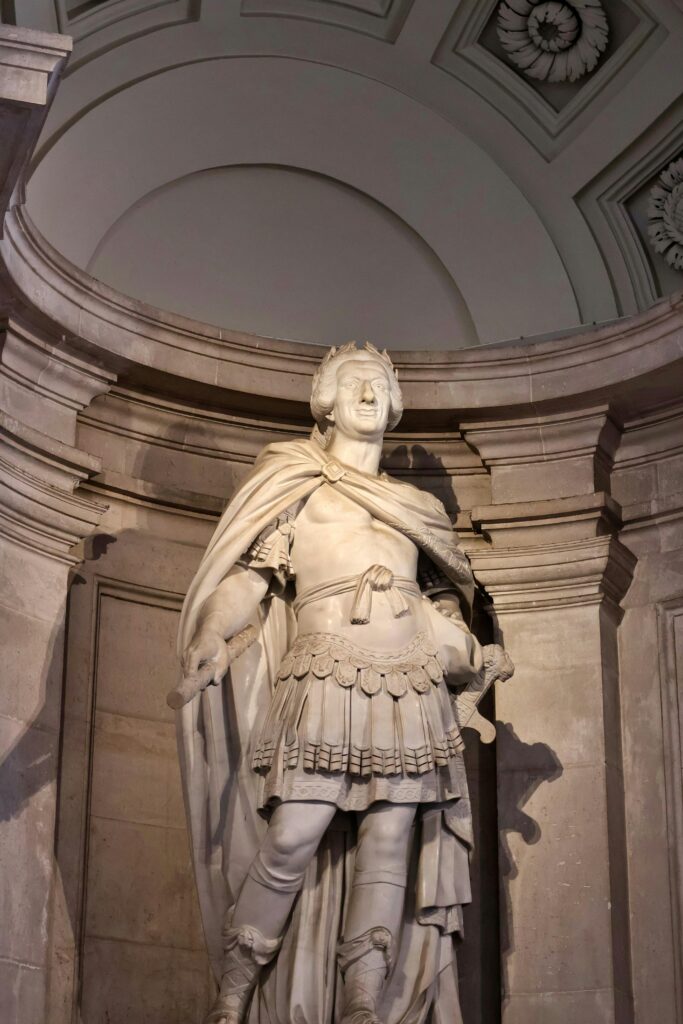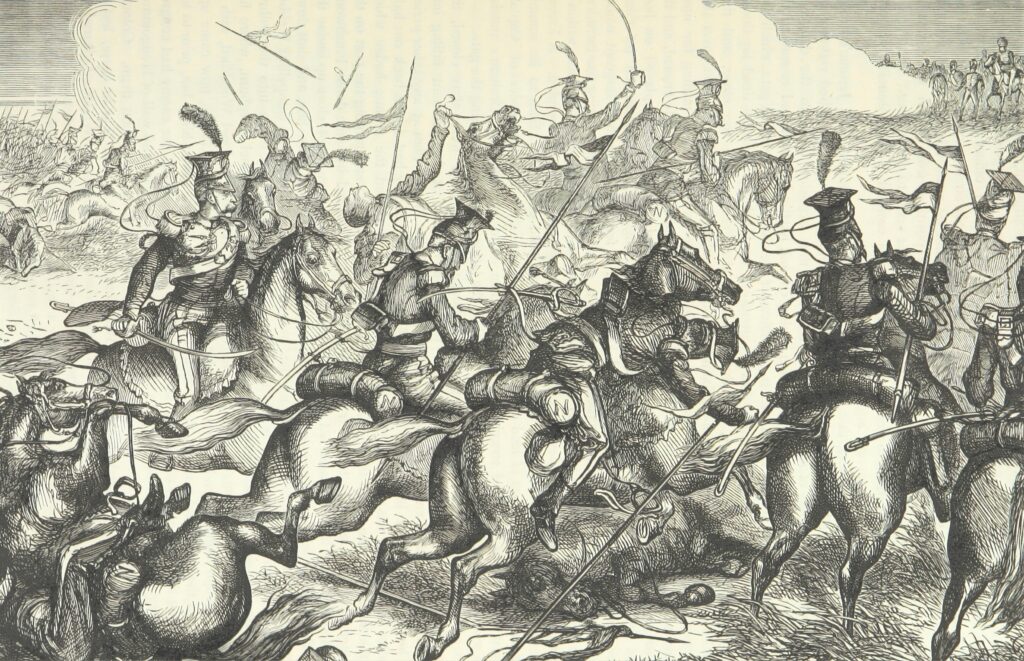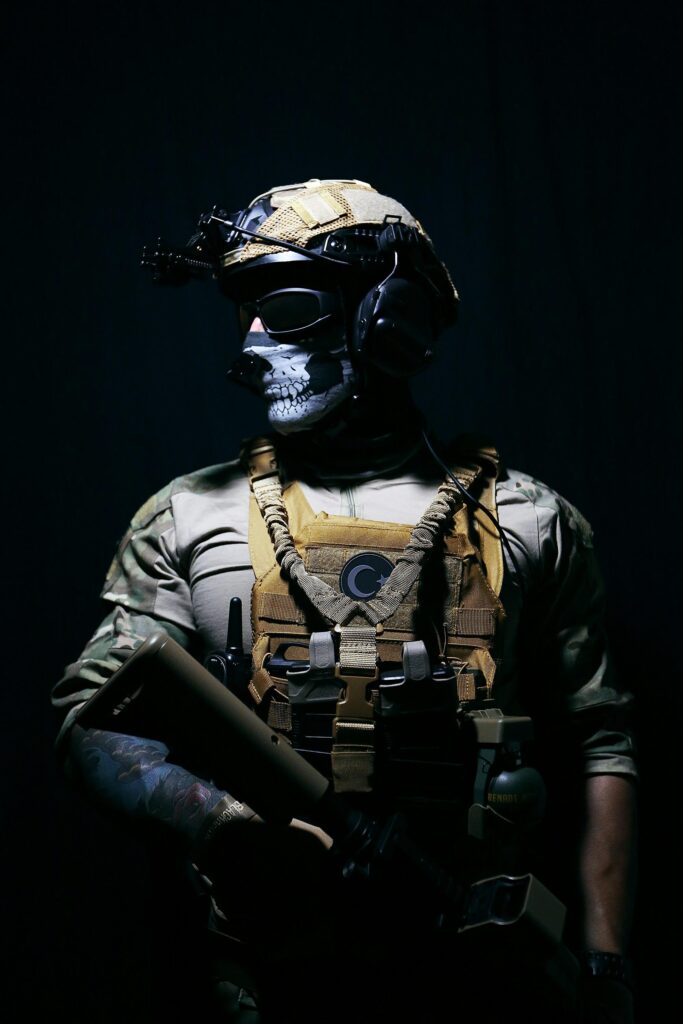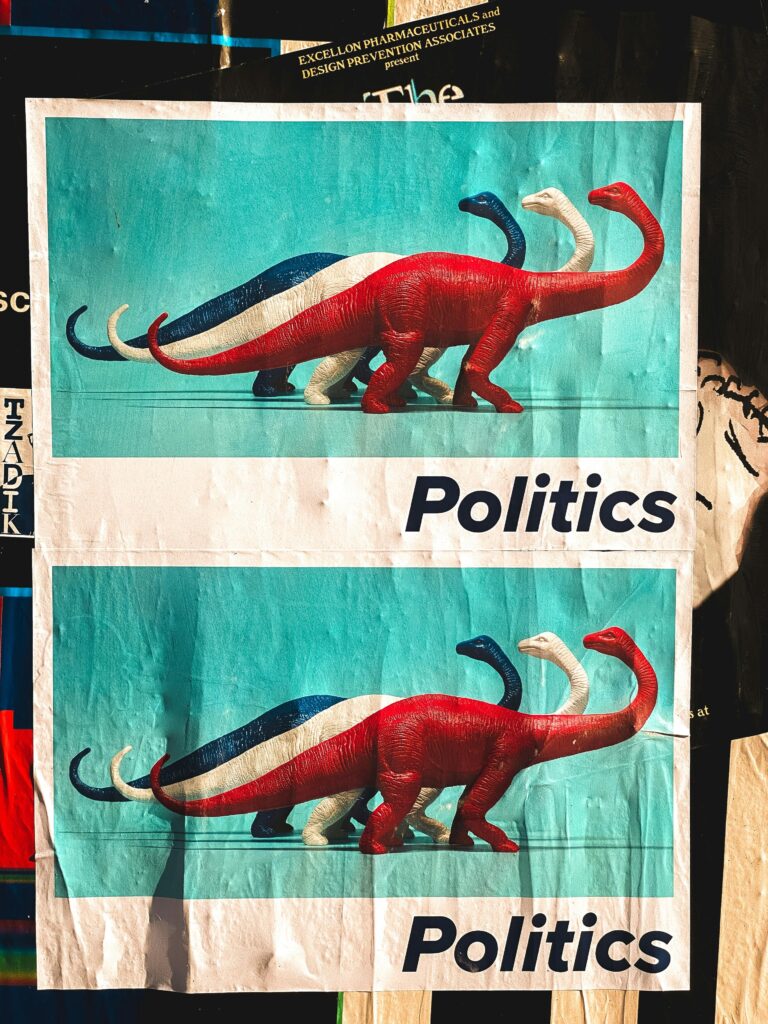When we think about war, our minds often race to epic battles, heroic soldiers, and dramatic showdowns — and much of that imagery comes straight from the movies we watch. Hollywood has long been a powerful storyteller, shaping how we understand conflict, bravery, and even the idea of good versus evil. But have you ever stopped to wonder how these cinematic portrayals influence our real-life views on war? In this post, we’re diving into the fascinating world of war in Hollywood, exploring how films don’t just entertain us, but also shape the way we perceive and talk about conflict around the globe. Whether you’re a movie buff or just curious, stick around to see how the magic of the big screen impacts our understanding of one of humanity’s most complex experiences.
Table of Contents
- The Power of Storytelling in Shaping Our Perception of War
- Behind the Scenes: How Hollywood Chooses Which Conflicts to Portray
- The Impact of War Movies on Public Opinion and Mental Health
- Navigating War Films Critically: Tips for Being an Informed Viewer
- Final Thoughts
The Power of Storytelling in Shaping Our Perception of War
Movies have a unique ability to transport us into the heart of battlefields, crafting narratives that shape how we understand conflict. Through vivid characters, dramatic plots, and stunning visuals, filmmakers don’t just tell stories — they influence collective memory and public sentiment about war. Whether it’s the heroic triumphs or devastating losses, cinematic storytelling often frames complex geopolitical struggles into relatable human experiences, making distant wars feel personal and immediate to audiences worldwide.
This power also comes with responsibility, as the portrayal of war can:
- Highlight the moral ambiguities and ethical dilemmas faced by soldiers and civilians alike
- Glorify patriotism and sacrifice while sometimes oversimplifying geopolitical realities
- Shape public opinion on current military actions and policies through emotional resonance
By recognizing how movies influence our perception, we become more critical consumers of these stories — appreciating their impact while questioning the narratives they choose to emphasize or omit.
Behind the Scenes: How Hollywood Chooses Which Conflicts to Portray
Choosing which conflicts make it to the big screen isn’t just about historical significance or dramatic potential—it’s about a complex web of cultural resonance, political climate, and audience appeal. Studios often lean towards wars that still stir public emotion or have a clear moral narrative that can be translated into compelling storytelling. Political sensitivity, current geopolitics, and marketability frequently shape these decisions, ensuring the story will connect with viewers across various demographics. Behind every greenlit project lies extensive research, consultation with historians, and sometimes, debates over portrayal to balance authenticity with entertainment value.
Moreover, the production team considers the visual spectacle war films demand—larger conflicts with iconic imagery naturally draw more attention. However, smaller, lesser-known conflicts occasionally break through when they offer fresh perspectives or untold stories that challenge mainstream narratives. The selection process also factors in the potential for star power and directorial vision that can elevate the material beyond a simple retelling of events. Ultimately, Hollywood’s portrayal of war reflects not just history but a strategic blend of art, commerce, and societal reflection.
- Cultural relevance: Stories that resonate with current societal issues.
- Market trends: What genres and themes are drawing crowds at the moment.
- Political climate: Sensitivities around the subject matter.
- Visual impact: Scenes that offer powerful, cinematic experiences.
- Historical significance: Events that shaped or defined eras globally.
The Impact of War Movies on Public Opinion and Mental Health
War movies often serve as more than just entertainment; they shape our collective understanding of conflict, heroism, and sacrifice. By dramatizing real events or creating fictional scenarios, these films can deeply influence public opinion—sometimes reinforcing patriotic sentiments, other times sparking critical debates about the ethics of warfare. The visual and emotional intensity of war scenes creates lasting impressions, pushing viewers to either empathize with soldiers or question the motives behind wars. This power to mold perspectives means filmmakers carry a significant responsibility in balancing authenticity with storytelling.
Beyond their impact on public opinion, war movies can profoundly affect mental health. For some individuals, especially veterans or those with trauma, graphic depictions of violence may trigger stress or anxiety. Conversely, they can also provide a form of catharsis or a way to process complex emotions related to conflict. Common effects include:
- Heightened empathy: Viewers often gain a better understanding of soldiers’ experiences.
- Increased anxiety: Intense scenes might lead to distress or flashbacks for sensitive individuals.
- Sense of camaraderie: Films can foster a deeper appreciation for collective resilience and sacrifice.
- Critical reflection: Audiences may become more aware of the moral dilemmas and consequences of war.
Navigating War Films Critically: Tips for Being an Informed Viewer
When watching war films, it’s essential to maintain a mindful perspective that goes beyond the explosions and battlefield heroics. These movies often dramatize history, blending fact with fiction to heighten emotional impact. To become a savvy viewer, start by questioning the film’s point of view: Whose story is being told? Which voices are amplified—and which are missing? Recognizing a film’s potential biases helps unveil the layers beneath the storytelling, turning passive watching into active analysis.
Try incorporating a few simple habits to sharpen your critical lens:
- Fact-check key events: After the credits roll, spend a few minutes reading up on the historical accuracy to separate myth from reality.
- Consider the filmmaker’s background: Understanding the director’s culture or political stance can illuminate subtle influences on the narrative.
- Focus on diverse perspectives: Watch films and documentaries from varied countries and viewpoints to broaden your understanding of global conflicts.
- Discuss with others: Sharing thoughts about the film encourages deeper reflections and challenges assumptions.
Final Thoughts
And there you have it—a glimpse into the powerful role Hollywood plays in shaping how we see war. Whether it’s through epic battles or intimate stories of courage, movies don’t just entertain us; they influence our perspectives on conflict, heroism, and even peace. Next time you watch a war film, take a moment to think about the layers beneath the action—because these stories might be shaping more than just your movie night. Thanks for reading, and happy watching!



